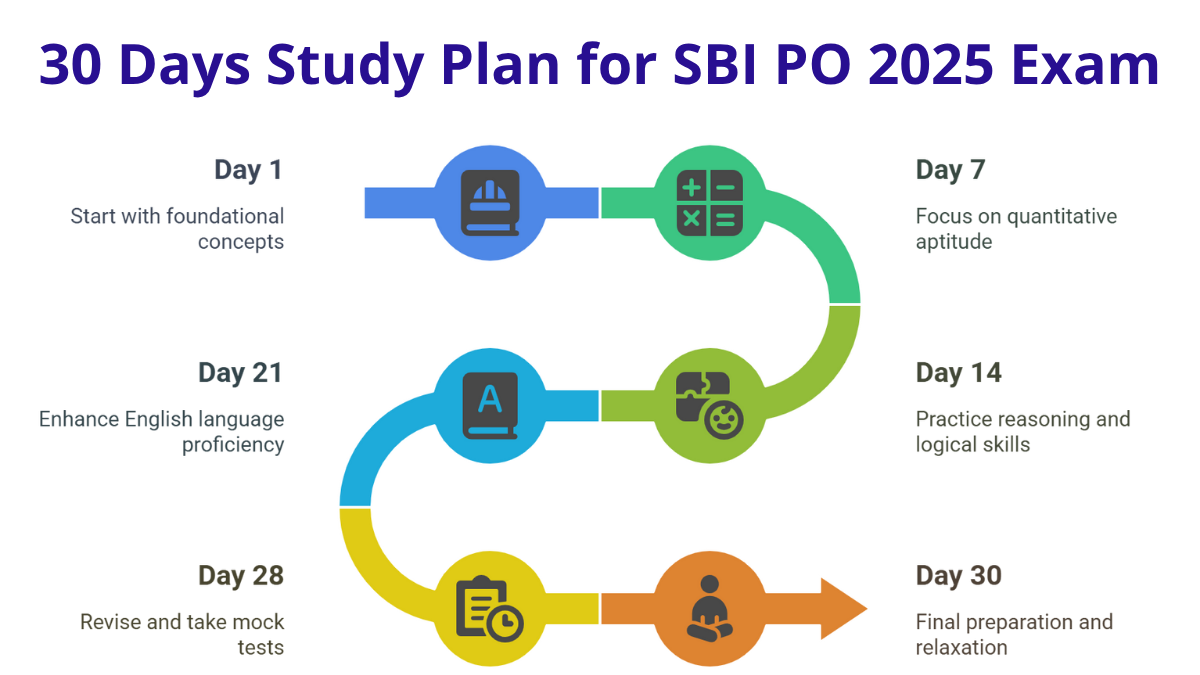RWU UAR has emerged as a critical framework, offering powerful applications that enhance teaching, streamline administration, and improve student engagement. While the term may seem unfamiliar at first, it represents a set of tools and practices that enable universities and schools to deliver smarter, safer, and more adaptable learning experiences.
From supporting data-driven decision-making to ensuring secure access and personalized learning paths, RWU UAR is reshaping modern education. Understanding its scope and impact is essential for educators, administrators, and learners who aim to thrive in today’s digitally connected academic world.
Read More: Courselinkfree.us: Your Guide to Free Online Courses
RWU UAR Features Transforming Education
RWU UAR brings together several powerful features that directly impact how education is delivered and managed. Some of the most impactful include:
- Role-Based Access Control (RBAC): Ensures that students, teachers, and administrators only access resources relevant to their role.
- Unified Digital Identity: Provides a single, secure login across multiple platforms, reducing complexity and boosting security.
- Automated Resource Allocation: Dynamically assigns learning tools, e-books, and lab access without manual intervention.
- Data Security & Privacy Management: Protects sensitive student and institutional data while complying with educational regulations.
- Personalized Learning Paths: Helps educators tailor content and resources to individual student needs.
Together, these features make RWU UAR a backbone of modern, technology-driven education.
RWU UAR Features Transforming Education
Personalized Learning Pathways
RWU UAR enables teachers to deliver differentiated digital experiences by tailoring content, assessments, and resources to student profiles. Learners gain access only to what is relevant to their academic level and role, ensuring more focused, effective, and engaging learning journeys.
Effortless User Onboarding and Resource Assignment
At the start of a semester, RWU UAR automates the provisioning of digital tools such as e-books, lab environments, and collaboration platforms. This streamlines administrative workflows, minimizes errors, and frees staff to focus more on teaching and support.
Smart Permission and Access Management
One of RWU UAR’s greatest strengths lies in its precise control over data access. Administrators can determine exactly who sees what—teachers view student grades and teaching resources, while students access only their own learning materials. This protects privacy and ensures compliance with regulations like FERPA and GDPR.
Real-Time Monitoring and Reporting
RWU UAR systems provide powerful dashboards and analytics to track engagement and resource usage. Educational leaders can quickly identify trends, address challenges, and allocate resources strategically to maximize learning outcomes.
Use Cases in Educational Environments
K–12 Schools
In primary and secondary education, RWU UAR streamlines essential processes and safeguards learning:
- Simplifies student enrollment, transfers, and record management
- Distributes e-learning materials by grade level or subject area
- Monitors classroom participation while protecting student privacy
Higher Education and Universities
On college campuses, RWU UAR supports diverse and complex academic operations:
- Manages access for students, faculty, staff, and visiting researchers
- Allocates software licenses, lab environments, and digital tools based on course enrollment
- Protects sensitive academic records, intellectual property, and research data
Online and Blended Learning
For digital-first or hybrid education models, RWU UAR provides scalable solutions:
- Tracks progress and adapts learning pathways for thousands of users simultaneously
- Restricts access so only enrolled learners can view lectures, exams, and forums
- Automates assignment distribution and feedback cycles
How to Implement RWU UAR in Your School
Assess Your Digital Ecosystem
Start by auditing the platforms, databases, and learning tools currently in use. A successful RWU UAR implementation should integrate seamlessly with your existing student information systems (SIS), learning management systems (LMS), and communication tools.
Define Roles and Permission Policies
Collaborate with faculty, IT staff, and administrators to clearly define user groups—students, teachers, staff, and parents. Establish access policies for each role, ensuring they align with both learning goals and compliance requirements (such as FERPA or GDPR).
Prioritize Flexibility and Scalability
Choose solutions that adapt to evolving needs. Whether your school adopts blended learning, expands enrollment, or integrates new technologies, your RWU UAR system should scale without disruption.
Provide Training and Support
Even the best systems fail without proper adoption. Offer training sessions for teachers and administrators, along with user-friendly guides for students and parents. Ongoing support ensures long-term success.
Monitor, Evaluate, and Improve
Leverage reporting and analytics tools within RWU UAR to track system usage, identify bottlenecks, and refine policies. Continuous improvement keeps the framework effective and future-ready.
Future Trends for RWU UAR in Education
AI-Powered Adaptive Learning
RWU UAR is increasingly merging with artificial intelligence to create more personalized learning ecosystems. By analyzing real-time performance, participation, and behavioral data, AI-enhanced systems can recommend tailored resources, adaptive assignments, and even timely interventions to support struggling learners.
Enhanced Privacy and Compliance Automation
As data regulations grow stricter, RWU UAR will play a critical role in safeguarding sensitive information. Future systems will automate compliance tasks such as reporting, parental consent management, and audit trails, reducing administrative burden while strengthening trust and accountability.
Seamless Integration Across Platforms
The next generation of RWU UAR will emphasize interoperability. Schools can expect unified access across LMS, SIS, digital libraries, and communication tools, creating a single, streamlined experience for users.
Support for Emerging Learning Models
With the rise of hybrid and competency-based education, RWU UAR frameworks will evolve to accommodate flexible schedules, micro-credentials, and lifelong learning pathways—extending beyond traditional classrooms.
Frequently Asked Questions (FAQs)
What does RWU UAR stand for in education?
RWU UAR refers to Role-Weighted User Unified Access and Resources, a framework that helps schools and universities manage digital access, assign resources, and safeguard data.
How is RWU UAR different from a standard LMS?
An LMS focuses on delivering course content, while RWU UAR governs who can access what across all digital systems—LMS, SIS, e-libraries, and more. It acts as a security and resource management backbone.
Is RWU UAR only for large universities?
No. RWU UAR benefits both K–12 schools and higher education institutions by simplifying administration, personalizing learning, and improving security.
How does RWU UAR improve data privacy?
It enforces strict role-based access, ensuring sensitive data like grades or personal information is visible only to authorized users, while also supporting compliance with regulations such as FERPA and GDPR.
What are the biggest advantages of adopting RWU UAR?
Key benefits include streamlined onboarding, secure data management, personalized learning pathways, efficient resource allocation, and actionable insights through analytics.
Is it difficult to implement RWU UAR?
Implementation requires planning, but with the right vendor and clear policies, schools can integrate RWU UAR into existing systems smoothly. Training and ongoing support ensure long-term success.
Conclusion
RWU UAR is more than just a technical framework it is a strategic enabler of modern education. By unifying access, automating resource management, and safeguarding data, it empowers schools and universities to create secure, flexible, and student-centered learning environments. From K–12 classrooms to online universities, RWU UAR supports the shift toward personalized learning, efficient operations, and compliance with ever-evolving privacy standards. As AI, hybrid models, and lifelong learning continue to shape the future, RWU UAR will remain a critical foundation for innovation in education.







